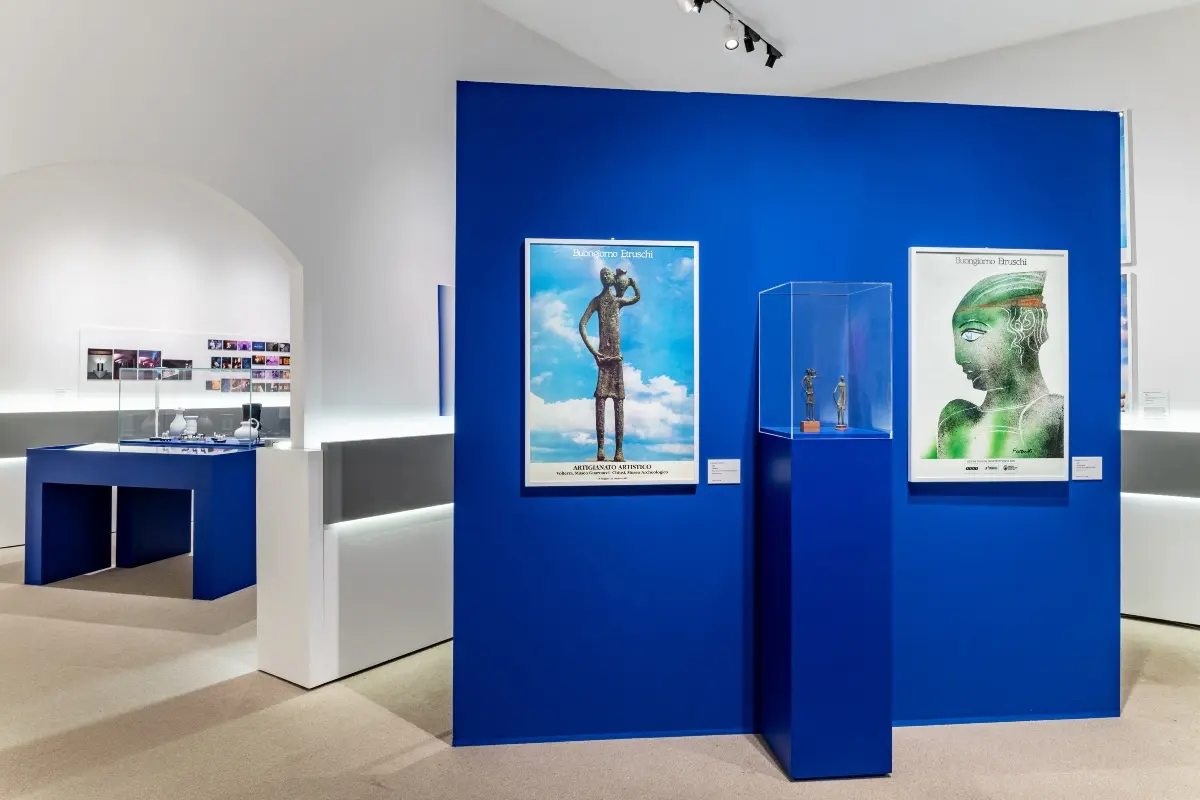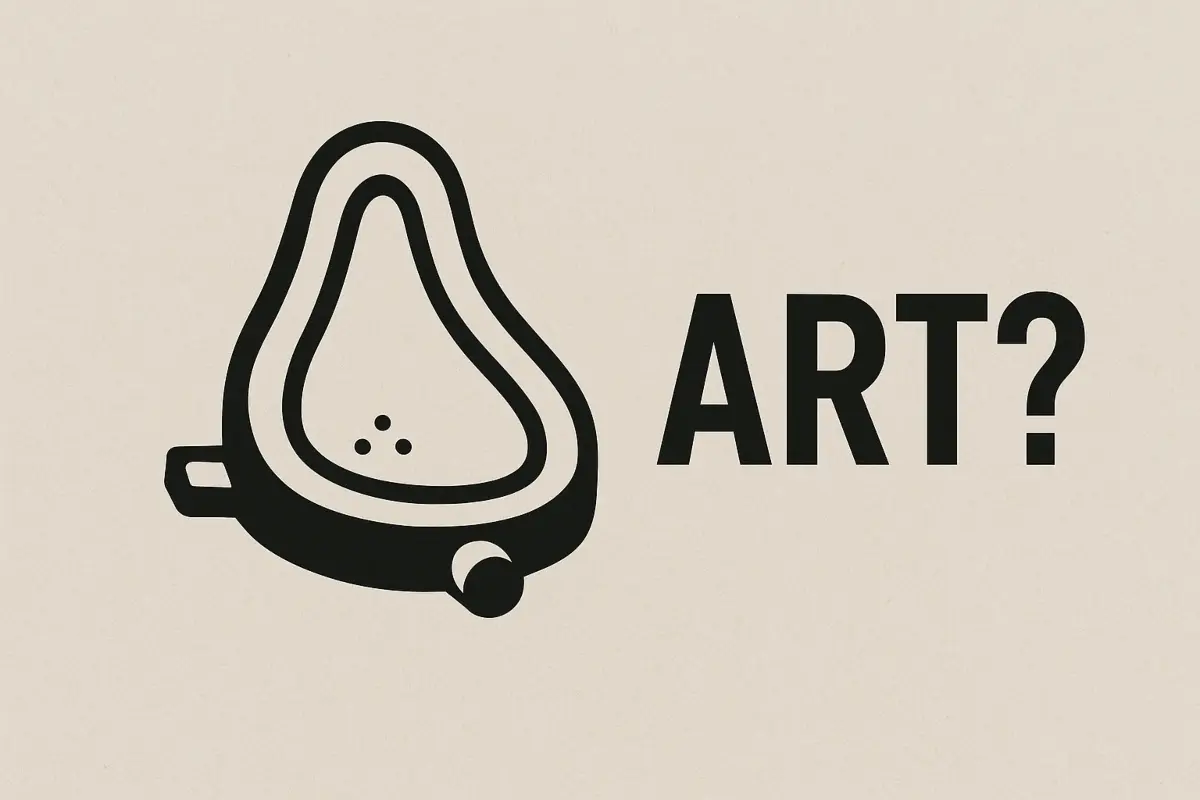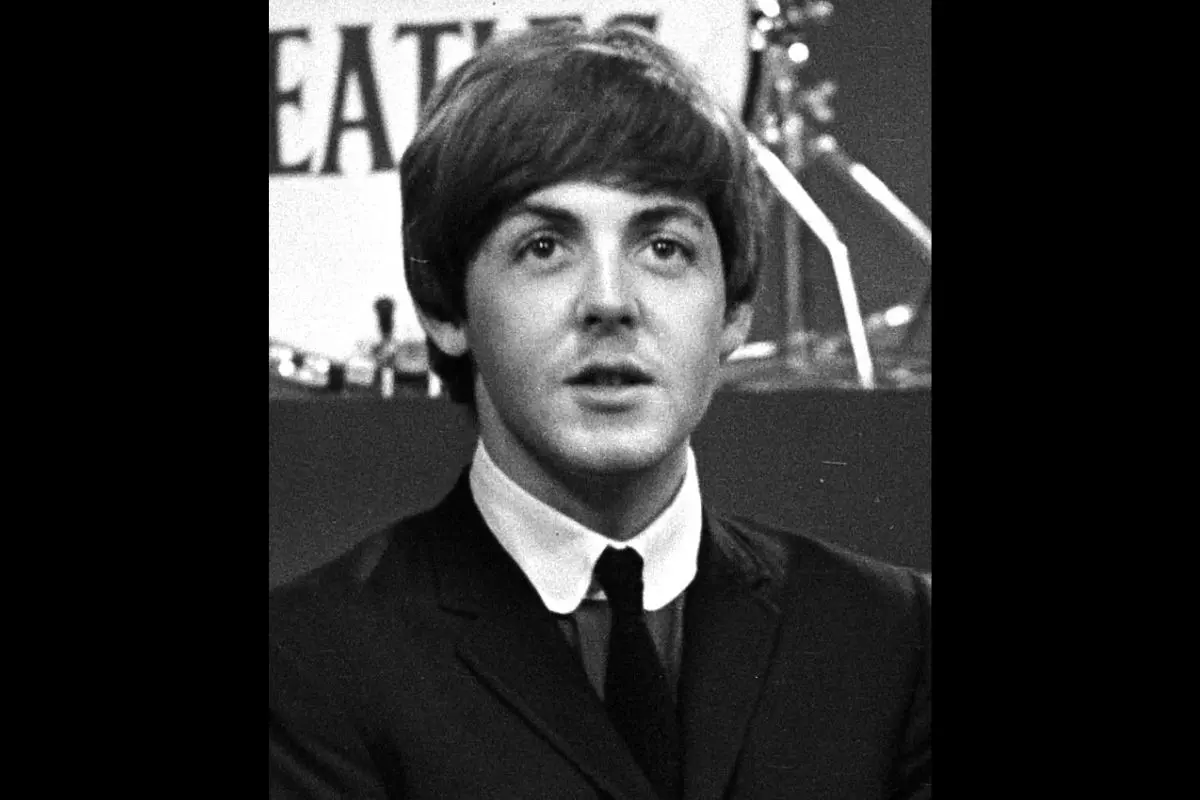
[Versione italiana più in basso]
Regal, elegant, and perpetually evolving. For Italians, Turin no longer remains a mystery after the 2006 Olympics, when many people discovered the city anew. But for many foreigners, however, it remains a hidden surprise. What follows are a few suggestions for discovering the city during the Eurovision Song Contest, going a little further than the normal tourist guide, to find some unexpected delights. From breakfast to walks, to aperitivo time, Turin is a city of habits, and the best way to get to know it is to enter into some of its many rituals.
A Green Crown
Few cities offer such a single, large green space as does Torino, which stretches from the center for nearly 15 kilometers along the river, crossing parks, gardens, and some beautiful areas at the bottom of the hill that sits across the River Po. You can enjoy this by bike, on foot, surrounded by nature, and away from traffic. The starting point is Valentino Park, the location hosting the Eurovision Village, with a week of concerts with over 200 artists and 40 hours of music with free admission (Here is the complete program).
It’s well worth taking a few hours to walk a stretch of this route, which connects Parco Valentino with Moncalieri to the south and San Mauro to the north. A stop at Pasticceria Gallizioli in San Mauro Torinese for sachertorte is recommended: it lies near the Ponte Vecchio over the Po. The cake shop serves as a perfect calling card for the Piedmontese capital.
Seen from the riverbank, Turin is a catalog of beauty, with the sweeping elegance of Piazza Vittorio Veneto, which leads down to the church of Gran Madre. Seen from the piazza, there’s another church higher up to its right, on Monte dei Cappuccini. It’s well worth a walk up, especially at sunset to admire the view over the city and the surrounding Alps. Life along Turin’s main river still awaits development, and for now it remains primarily the preserve of rowers and runners. The Murazzi arches along the Po, which used to host live concerts and a bustling nightlife until the early 2000s, are now a monument to the nostalgia of a more lively, creative environment than today.
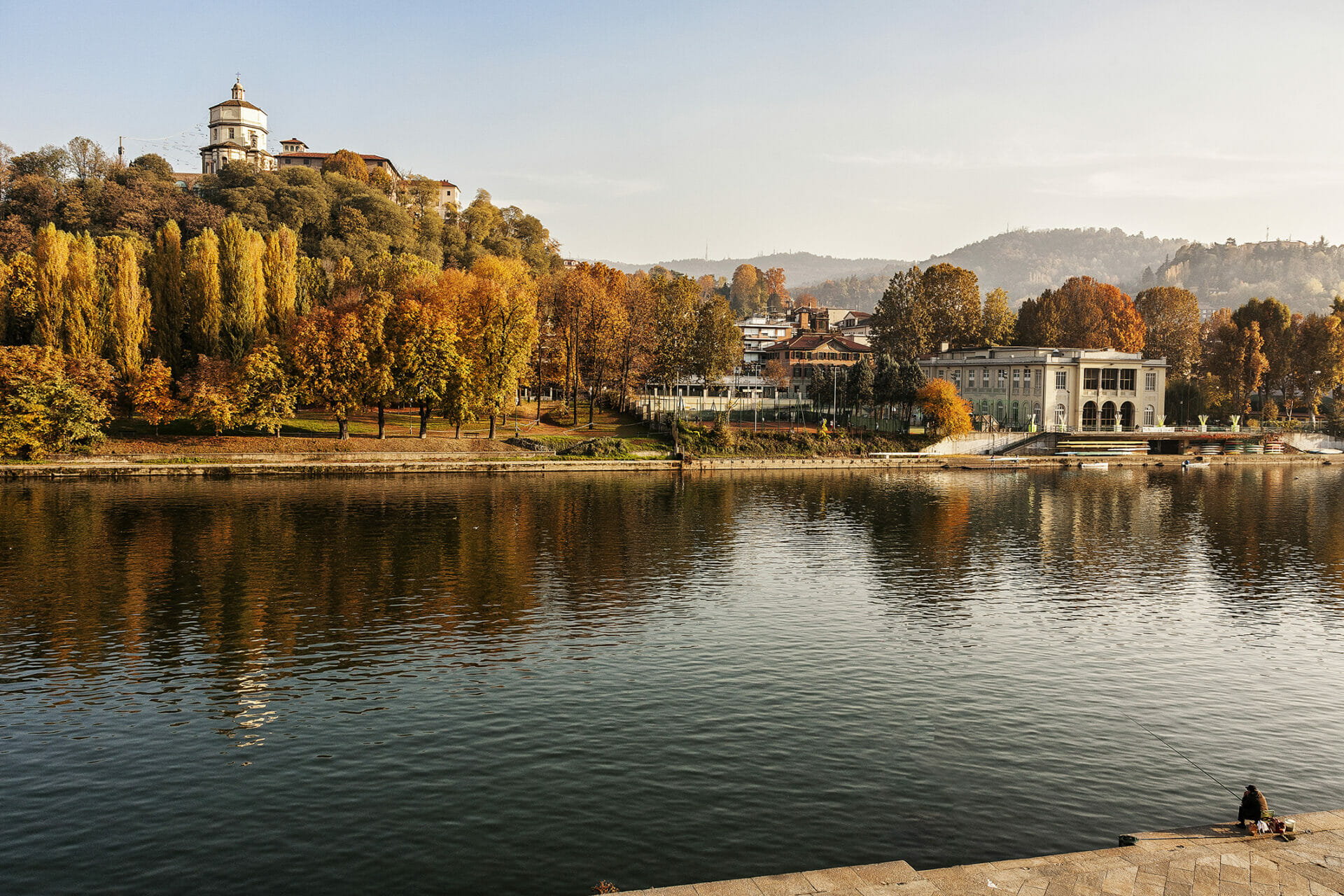
A Royal Crown
Turin was the capital of the Kingdom of Savoy and, briefly, between 1861-65, the first capital of the Kingdom of Italy: the streets in the center of the city are built on a grid of avenues and boulevards, almost to a Roman plan. From many of these streets, it’s possible to have a direct and stunning view north and westwards to the Alps. Try walking the axis that leads from the Porta Nuova railway station straight to Piazza San Carlo, the so called ‘salotto di Torino’ (‘Turin’s living room’), and then on to Piazza Castello, where there are the Royal Palace and Palazzo Madama. In the piazza there are monumental statues of soldiers and cavalrymen, including one by the famous modernist sculptor Pietro Canonica.
At the corner with Via Palazzo di Città is the Church of San Lorenzo. The work of Guarino Guarini, a visionary seventeenth-century architect of the House of Savoy, this church looks almost hidden from the main square. The richness of the marble, the complexity of the dome’s architecture, and the play of light inside make it one of Turin’s most precious and mystical churches.
A unique feature of the historic center are the portici, or arcades, built between the seventeenth and nineteenth centuries, and spanning the sides of main boulevards and streets. There are some 18kms of arcades across the center of Turin, and under them, you can find a wide range of shops and boutiques, especially along Via Po and Via Roma. You can stop here and there to taste Turin’s finest specialties: breakfast at Farmacia del Cambio, the ‘tramezzini’ sandwiches at Mulassano, chocolate at Baratti e Milano.
A few steps away from Piazza Castello is the Duomo of Turin, and the baroque wonder of the Chapel of the Shroud, also designed by Guarino Guarini. The nearby Basilica della Consolata saw Guarini’s collaboration with another master of Piedmontese Baroque, Filippo Juvarra. In this church, the royal family of the House of Savoy went to mass. The prime minister, Count Camillo di Cavour, preferred to wait for them there in front, at the Bicerìn, sipping a cup of the local specialty of the same name. It alternates layers of coffee, milk, dark chocolate, and fresh cream. It is an experience that remains intact today, more than a century and a half later.
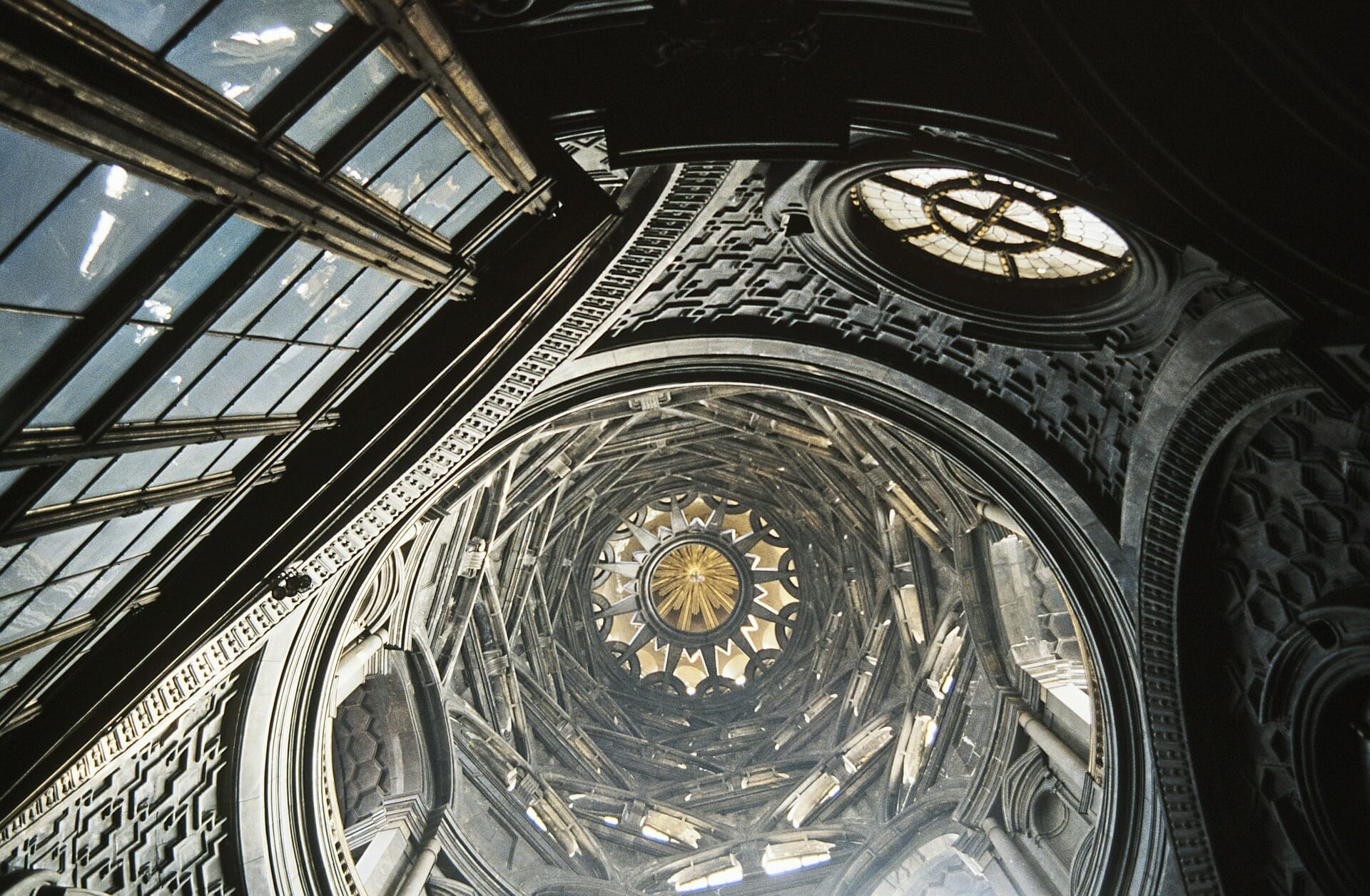
Speaking of Cavour, it is worth visiting the first Parliament of Italy, in Palazzo Carignano. The itinerary of the royal sites also includes the nearby Venaria Reale, which reopened to the public in 2007 after the largest restoration project in Europe, and the Palazzina di Caccia di Stupinigi, still waiting to be relaunched. The latter is set south of Turin in the edges of the countryside, and is the former hunting lodge – albeit a palace – of the Savoy family.
Art Nouveau and hidden courtyards
It is called Cit Turin (literally “Little Turin”), and it is the area close to Porta Susa railway station, which hosts some of the city’s most beautiful examples of Art Nouveau. Though this itinerary is lesser-known, it is also very fascinating. The most significant example is Casa Fenoglio – Lafleur, in Corso Francia, designed in 1902 by the architect Pietro Fenoglio. Almost opposite, Casa della Vittoria gives a bit of a Game of Thrones vibe, with its tower and sculpted dragons watching over the door. The nearby Piazza Benefica hosts one of Turin’s favorite markets, specializing in clothing, on Saturday mornings.
Visualizza questo post su Instagram
Other extraordinary Liberty buildings, somewhat out of the area, are Casa Florio between Via Bertola and Via San Francesco (1902), Casa dell’Obelisco in Borgo Crimea, designed in neo-Liberty style in 1954. Villa Scott in Cavoretto is known to film buffs for being the location of Dario Argento’s Profondo Rosso.
Walking back from Porta Susa towards the center, you will come across some of Turin’s most beautiful courtyards: Palazzo Scaglia di Verrua, dating back to the Renaissance period, the 18th century Palazzo Saluzzo Paesana, and Palazzo Graneri della Roccia, which houses the Circolo dei Lettori. Speaking of literature, Turin will host the 34th International Book Fair from May 19-23, centered on the theme of Wild Hearts. Taking place at the Lingotto Centre in southern Turin, thousands of author meetings and events are on the calendar during those days. There will also be the first Hypercritic Microfestival in another unique location in the city.
Books, tango, and wine
Small independent bookstores are a treasure to be discovered in every city, and Turin is no exception. Among the many you can discover there is the Thérèse bookstore, in the Vanchiglietta district, and Borgopò in Via Ornato, at the foot of the hill. This small family-run bookstore is located in a railing house near the Gran Madre church in the Borgo Po district. And it will be this magical place that will host the first Hypercritic Microfestival: four evenings – from May 19 to 22 – of readings and debates on the arts and wine, running along the theme of Wild Hearts, or Cuori Selvaggi.
After breakfast, walks, and various stops around the city, it’s time for the aperitivo hour, the favorite ritual of the Torinese. The neighborhood in which to start the evening on the right foot is San Salvario, with its bars and outside seatings. Among the recommended ones are the Gorilla Bar, Enoteca Vinarium, while Scannabue is good for tasting typical Piedmontese cuisine, and El Beso for an original taste of Mexican food.
Since the audience of the Eurovision Song Contest comprises many music aficionados, it is to them that we dedicate the finale. In San Salvario, one of the city’s last vinyl stores, Dischi e Dintorni, still stands, while the Jazz Club in Piazzale Valdo Fusi offers live concerts.
Many places in Turin are beacons of classical music and opera – the Teatro Regio di Torino, the Auditorium A. Toscanini of the Orchestra Sinfonica Nazionale della Rai, and the Unione Musicale offer weekly concerts and shows with internationally renowned guests.
And incidentally, not everyone knows that Turin is also the Italian city with the highest number of Argentine tango lovers. Clandestine ‘milongas’ were born spontaneously before the pandemic; today, they are rarer events, but we cannot rule out any surprises. Turin, itself, cannot rule out any surprises either. If it can be said that in summer, the sun always rises, then the independent, idiosyncratic and elegant Piedmontese capital will always come up with something new.


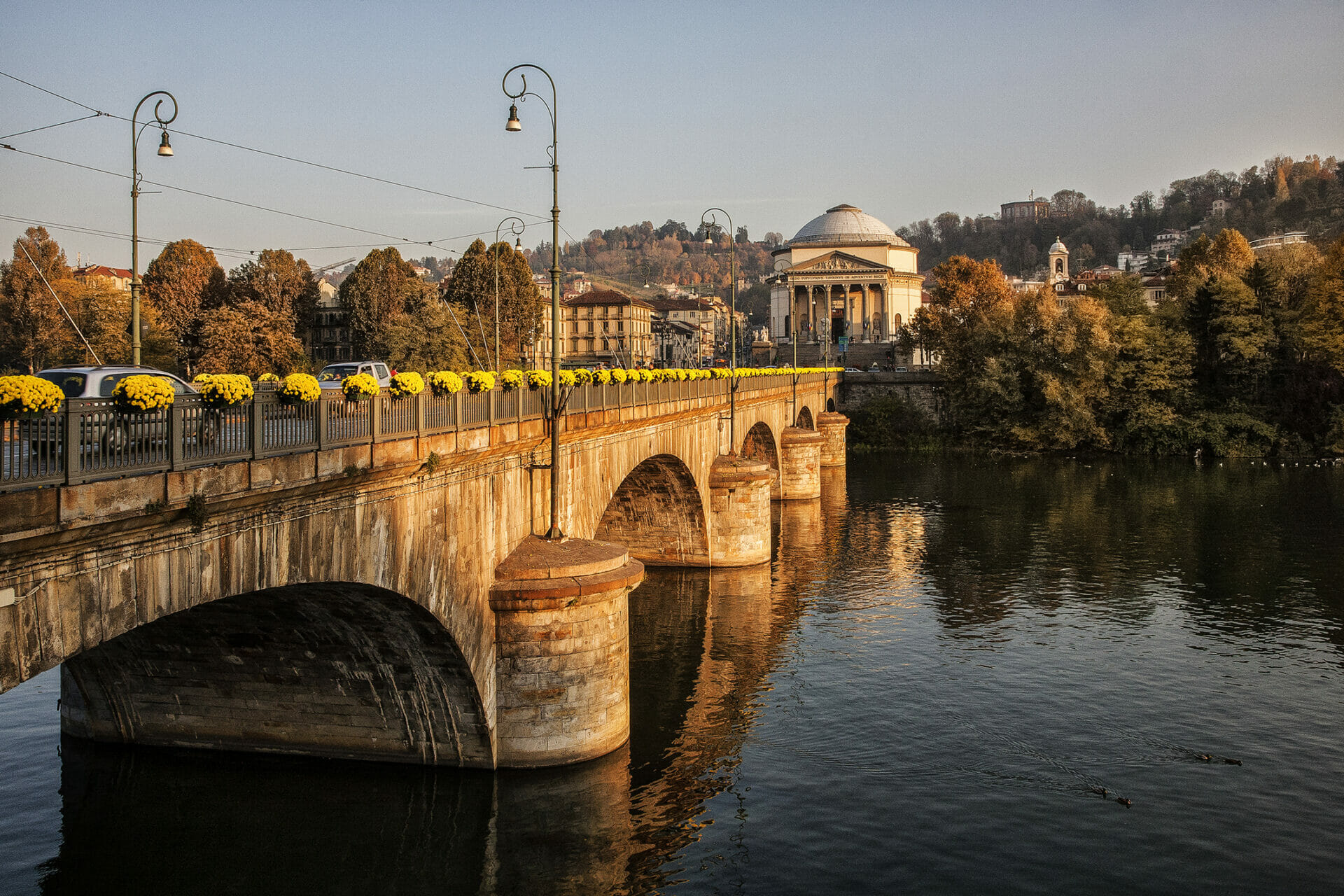
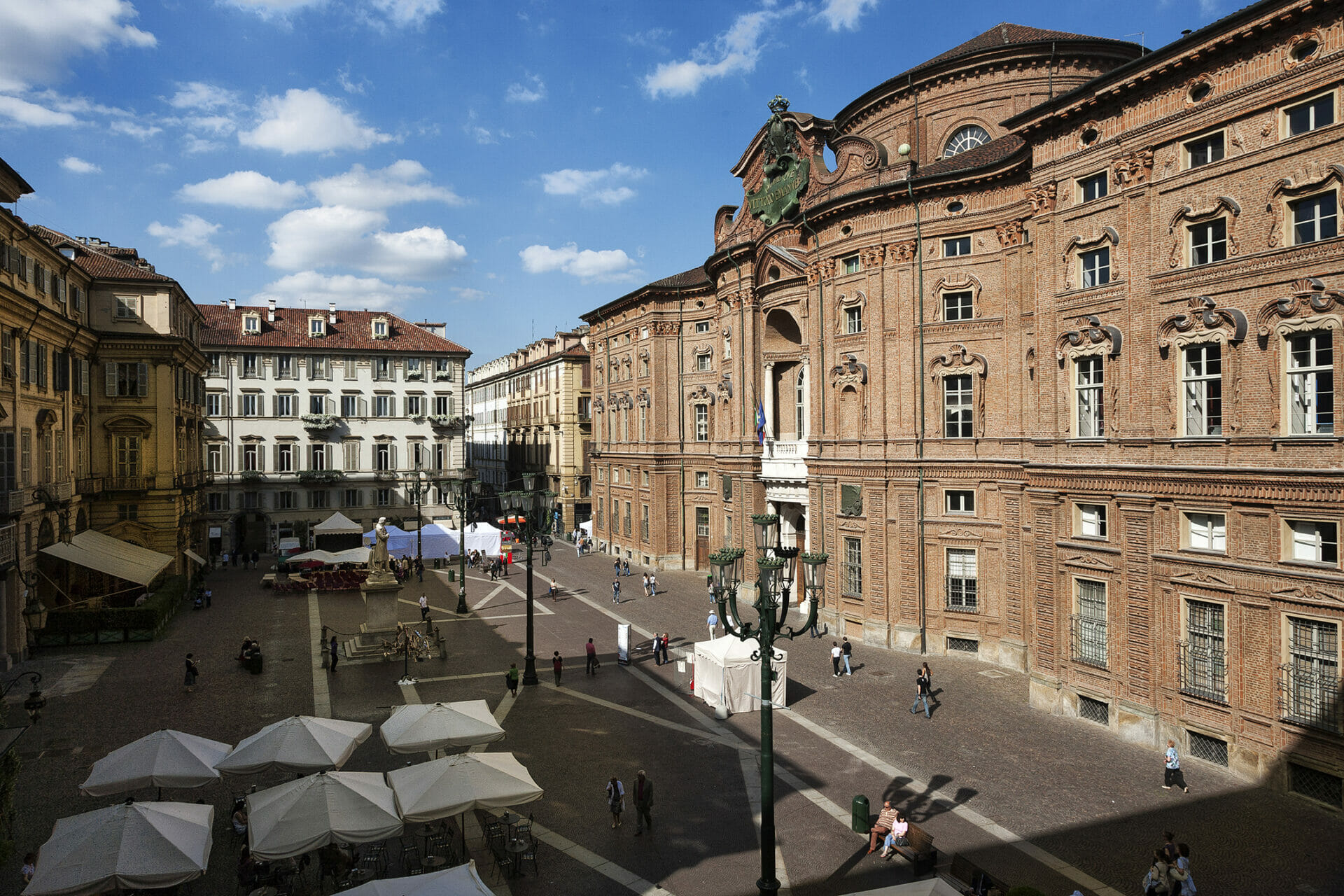
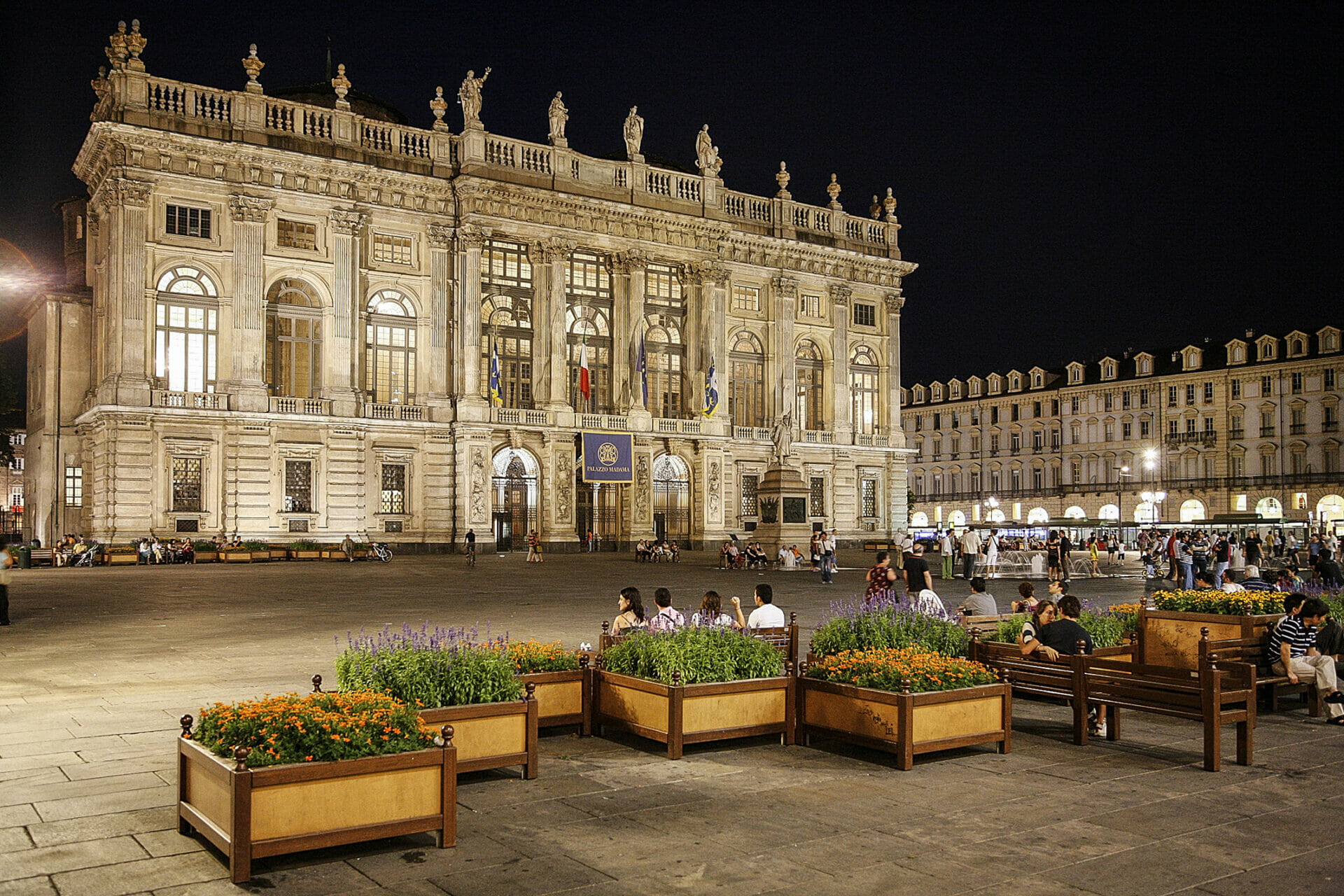
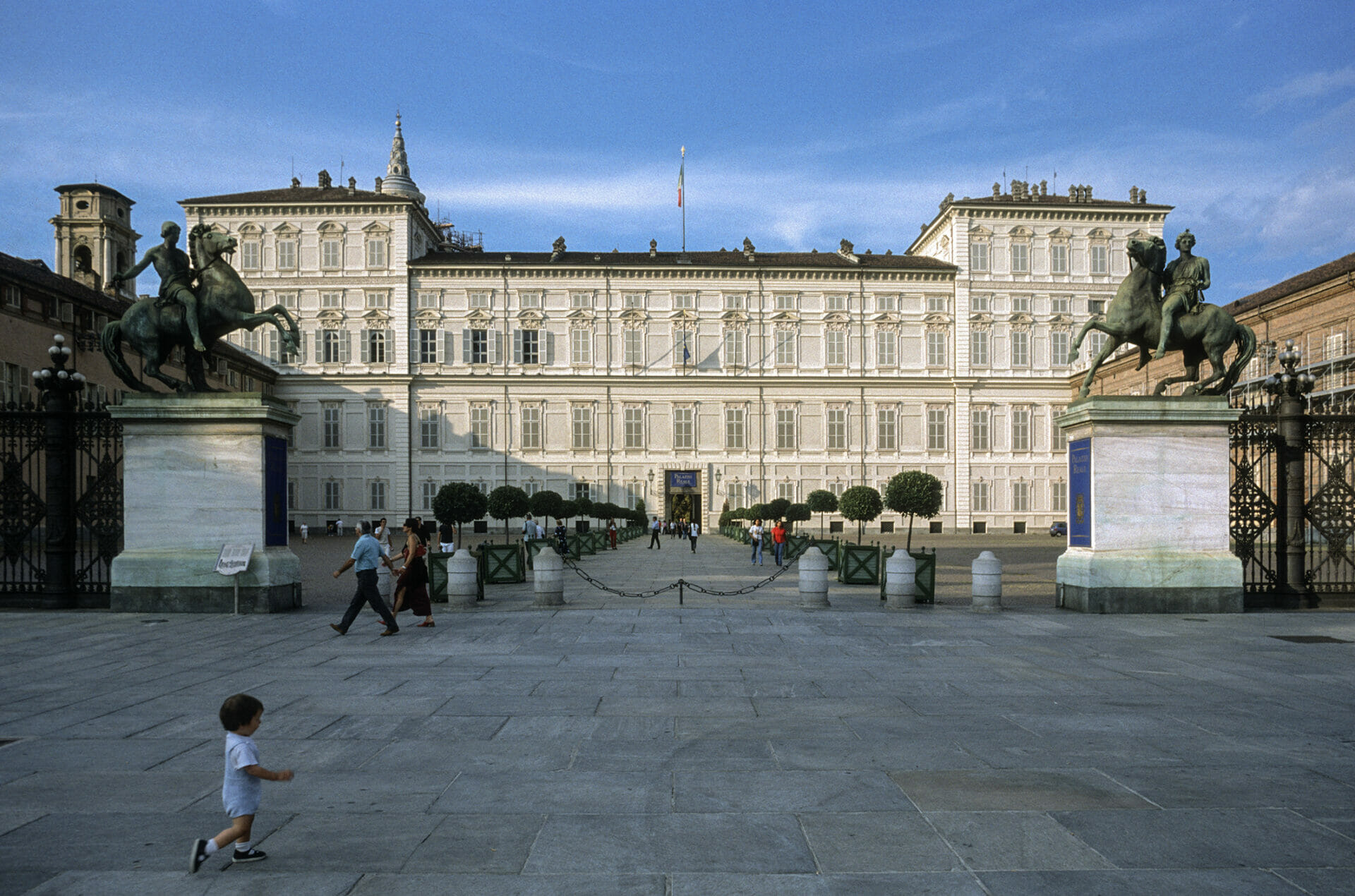
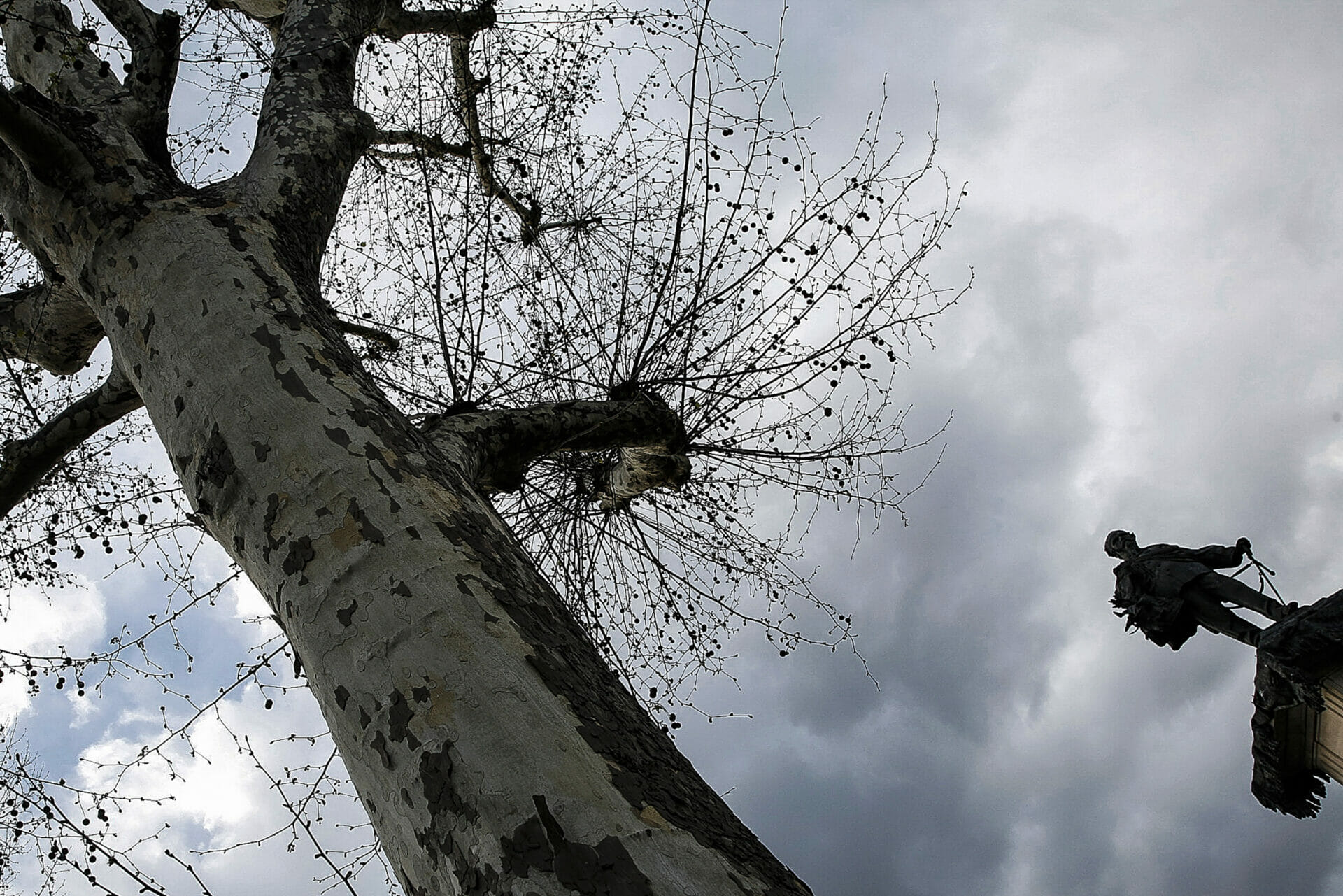
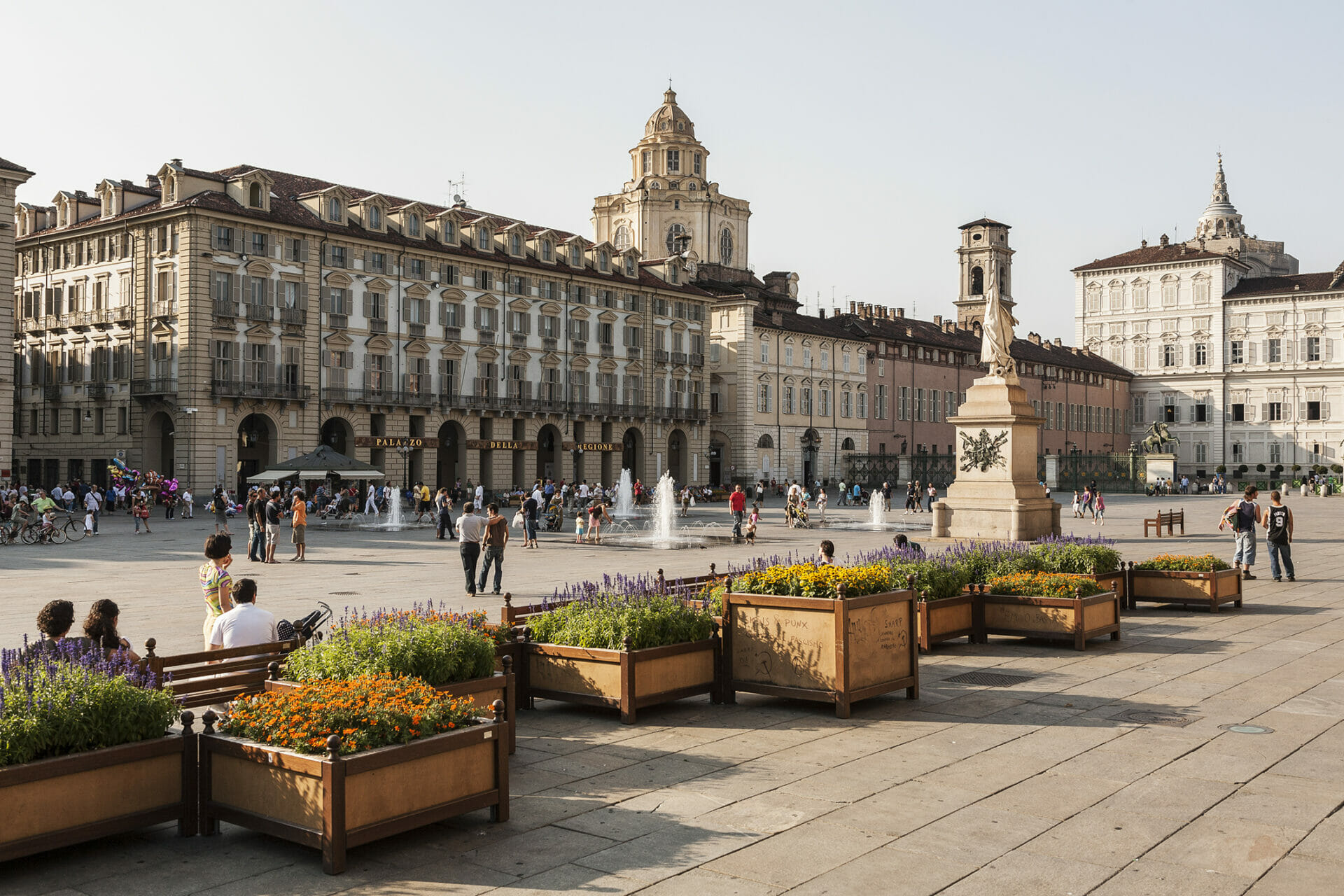
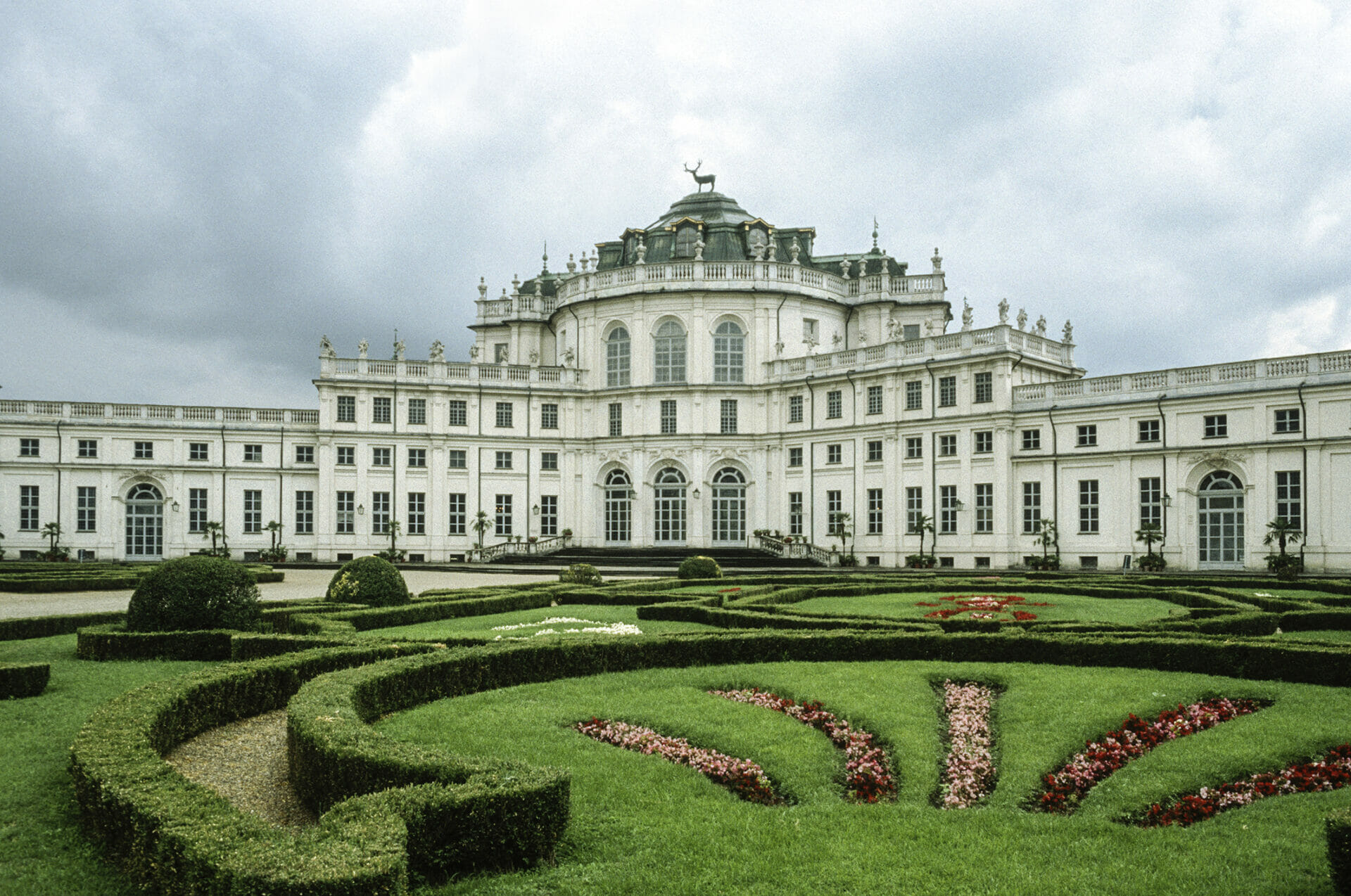
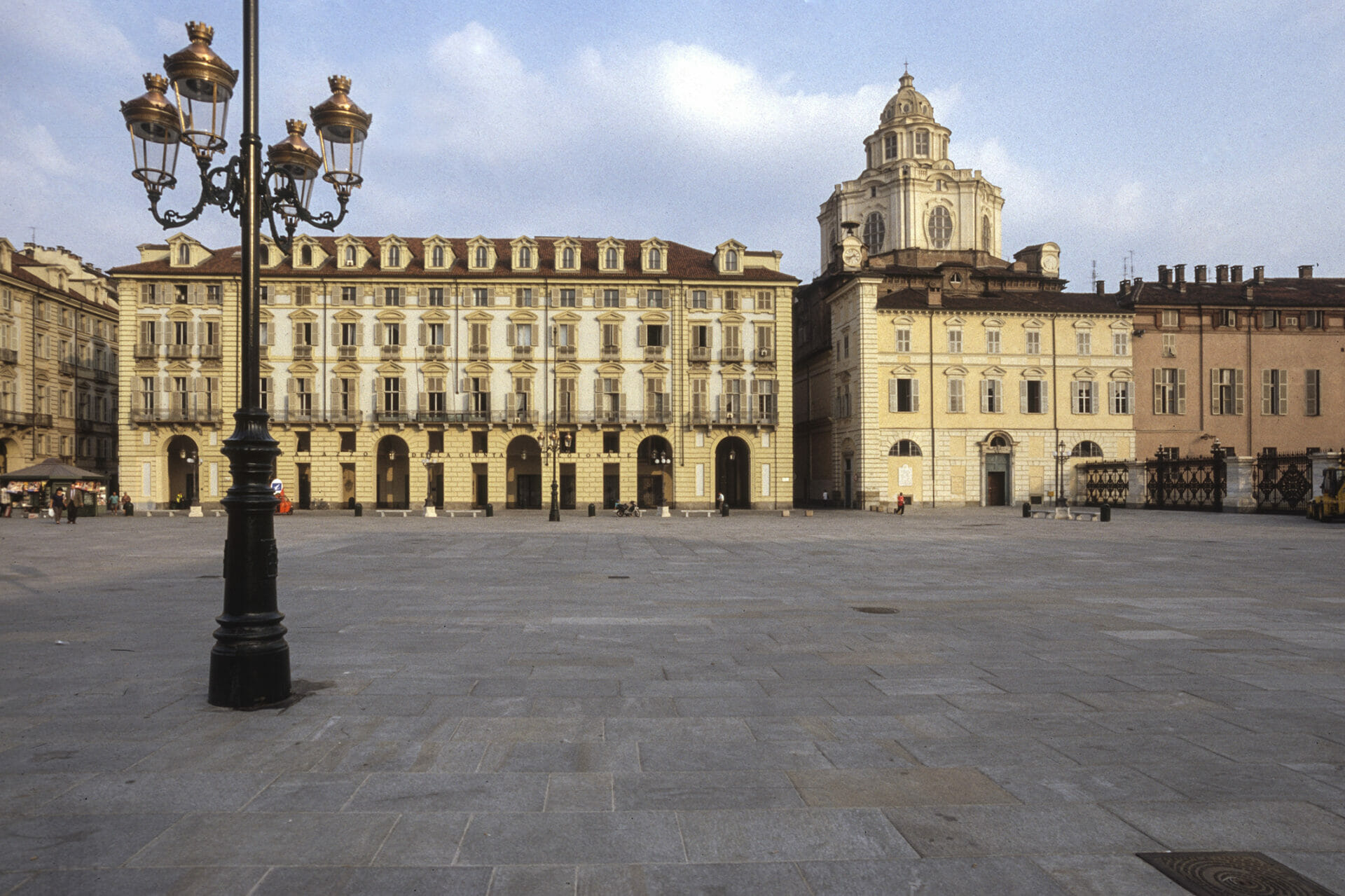

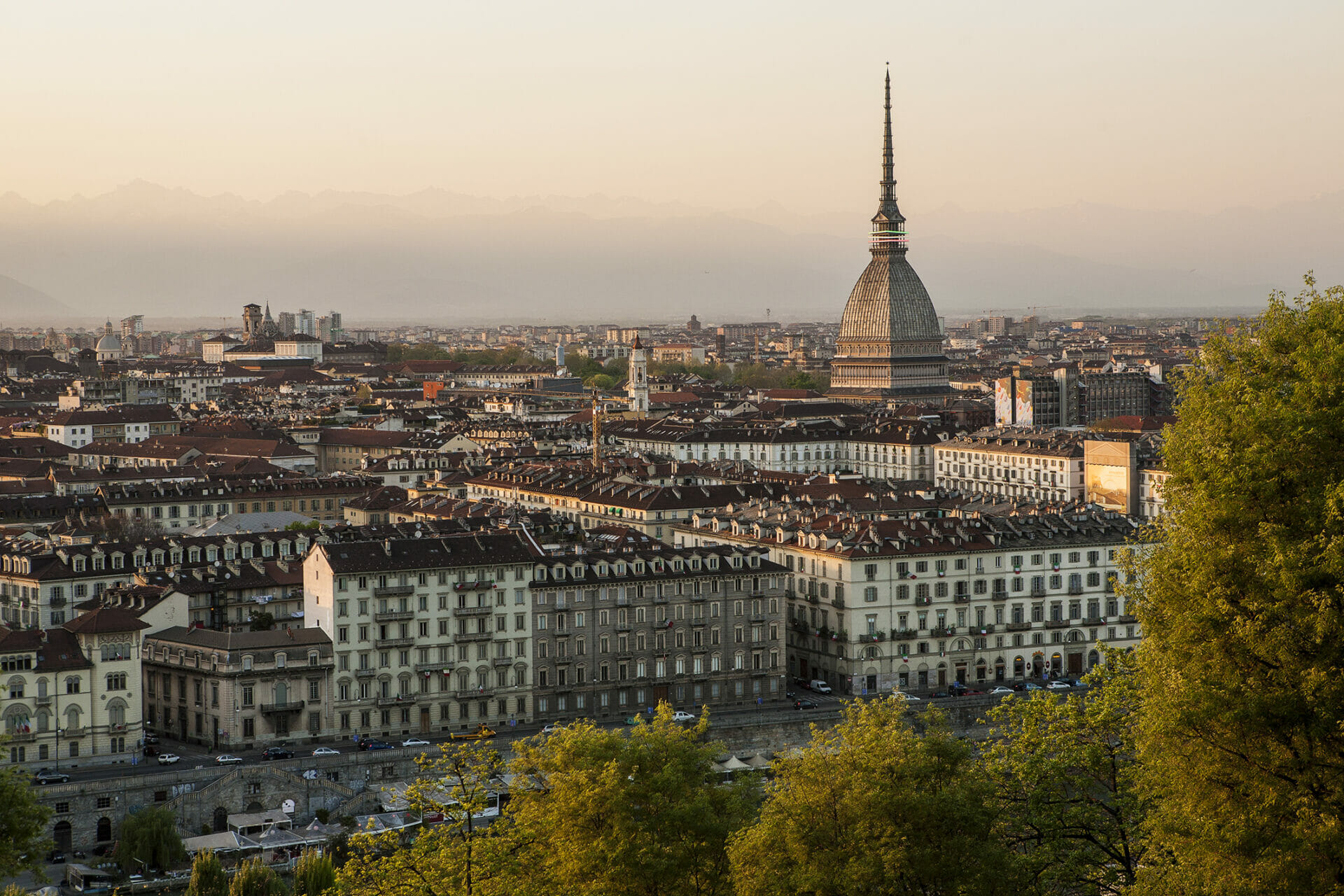
I volti di Torino | Guida essenziale alla città dell’Eurovision
Regale, elegante e in perenne trasformazione. Per gli italiani dopo le Olimpiadi del 2006 Torino non è più un mistero; per molti stranieri rimane una gemma nascosta. Ecco allora qualche indicazione per scoprire la città nei giorni dell’Eurovision andando oltre i luoghi più turistici. Dalla colazione alle passeggiate, all’ora dell’aperitivo, Torino è una città abitudinaria e il modo migliore per conoscerla è proprio quello di entrare nei suoi rituali.
Corona verde
Poche città offrono un polmone verde che dal centro si allunga per 15 chilometri lungo il Po, ai piedi della collina, incrociando parchi e oasi naturali. A Torino si può vivere questa esperienza, a piedi o in bicicletta, immersi nella natura e al riparo dal traffico. Il punto di partenza è il Parco del Valentino, scelto per ospitare l’Eurovision Village, una settimana di concerti con oltre 200 artisti e 40 ore di musica a ingresso libero (Qui il programma completo).
Ritagliarsi alcune ore per percorrere un tratto di questo itinerario, che collega il Valentino con Moncalieri verso sud e a nord con San Mauro (consigliata una tappa per la sachertorte di Gallizioli) è un biglietto da visita perfetto per il capoluogo piemontese.
Vista dal Po, Torino è un catalogo di bellezze: l’estesa piazza Vittorio Veneto di fronte alla chiesa della Gran Madre, con la sua cupola. Più in alto il monte dei Cappuccini, da cui si gode di un panorama su tutto il capoluogo piemontese, sullo sfondo delle Alpi. Ma si fanno notare anche i limiti di una città che vive ancora poco il suo fiume, fatta eccezione per i canoisti e i runner, e dove rimangono tristemente chiusi i Murazzi, i locali della cultura musicale underground che hanno vissuto la loro epoca d’oro tra gli anni ’80 e ’90.
Corona reale
Torino porta le testimonianze del suo passato di capitale del regno sabaudo e prima capitale d’Italia nelle vie del centro, una scacchiera di maestosi viali e controviali a pianta romana. Il consiglio è di percorrere a piedi l’asse che dalla stazione ferroviaria di Porta Nuova conduce dritti a piazza San Carlo, il salotto di Torino, e poi in piazza Castello, dove si trova il Palazzo Reale e Palazzo Madama. In questa piazza, all’angolo con via Palazzo di Città c’è Chiesa di San Lorenzo: opera di Guarino Guarini dall’entrata che sembra nascosta, al suo interno la ricchezza dei marmi, la complessità dell’architettura della sua cupola e i giochi di luci che si creano la rendono una delle chiese più preziose e mistiche di Torino.
Particolarità del centro storico sono i portici, sotto i quali ci si può ritagliare soste per assaggiare le specialità torinesi: i tramezzini da Mulassano, la cioccolata di Baratti e Milano e la colazione alla Farmacia del Cambio.
A pochi passi si trova il Duomo di Torino, con quella meraviglia barocca che è la Cappella della Sindone, progettata da Guarino Guarini, visionario architetto di Casa Savoia. La vicina Basilica della Consolata ha visto la collaborazione di Guarini con un altro maestro del Barocco piemontese, Filippo Juvarra. Era anche la chiesa dove andavano a messa i reali di Casa Savoia. Il primo ministro, il conte Camillo di Cavour, preferiva aspettarli lì di fronte, al Bicerìn, sorseggiando una tazza dell’omonima specialità locale che alterna strati di caffè, latte, cioccolato fondente e panna fresca. È un’esperienza che rimane intatta ancora oggi, a più di un secolo e mezzo di distanza.
Parlando di Cavour, merita una visita il primo Parlamento d’Italia, a Palazzo Carignano, mentre l’itinerario dei luoghi reali si completa con le regge sabaude, dove l’architettura barocca raggiunge i suoi vertici. Tra queste le più vicine sono la Venaria Reale, restituita al pubblico nel 2007 dopo il più grande cantiere di restauro d’Europa, e la palazzina di Caccia di Stupinigi, ancora in attesa di rilancio.
Liberty e cortili nascosti
La chiamano Cit Turin (Letteralmente “Piccola Torino”) ed è l’area adiacente alla stazione di Porta Susa dove si trovano gli edifici Liberty più belli della città. Questo è un itinerario meno conosciuto del precedente e molto affascinante. La testimonianza più significativa è Casa Fenoglio – Lafleur, in corso Francia, progettata nel 1902 dall’architetto Pietro Fenoglio. Quasi di fronte, Casa della Vittoria fa pensare a una puntata del Trono di Spade, con la sua torretta e le sculture di draghi a vegliare sulla porta. Alle sue spalle il sabato mattina c’è uno dei mercati preferiti dai torinesi, in piazza Benefica, specializzato nell’abbigliamento.
Altri straordinari edifici Liberty, ma un po’ fuori zona, sono Casa Florio tra via Bertola e via San Francesco (1902), Casa dell’Obelisco in borgo Crimea, progettata in stile neoliberty nel 1954. Villa Scott a Cavoretto è nota ai cinefili per essere stata la location di Profondo Rosso di Dario Argento.
Tornando da Porta Susa a piedi verso il centro si incontrano alcuni cortili tra i più belli di Torino: Palazzo Scaglia di Verrua, di epoca rinascimentale, il settecentesco Palazzo Saluzzo Paesana e Palazzo Graneri della Roccia, che ospita il Circolo dei Lettori.
A proposito di lettura, Torino accoglierà dal 19 al 23 maggio la 34ma edizione del Salone Internazionale del Libro, incentrata sul tema Cuori Selvaggi. Migliaia di incontri con gli autori ed eventi sono in calendario in quei giorni. Ci sarà anche il primo Hypercritic Microfestival, in un altro luogo unico della città.
Libri, tango e vino
Le piccole librerie indipendenti sono un tesoro da scoprire in ogni città e Torino non è da meno. Fra le tante si può scoprire la Thérèse, nel quartiere Vanchiglietta, e Borgopò in via Ornato, ai piedi della collina. Questa piccola libreria a gestione familiare si trova in una casa di ringhiera del quartiere Borgo Po, vicino alla chiesa della Gran Madre. E sarà proprio questo luogo magico a ospitare il primo Microfestival di Hypercritic: cinque serate – dal 19 al 23 maggio – di percorsi tra le arti e il vino, sui sentieri dei Cuori Selvaggi.
Dopo la colazione, le passeggiate e varie tappe in giro per la città, siamo arrivati all’ora dell’aperitivo, momento amato da molti torinesi. Il quartiere per iniziare la serata con il piede giusto è San Salvario con i suoi locali e dehors. Tra i consigliati ci sono il Gorilla Bar, Enoteca Vinarium, mentre per cenare con le specialità piemontesi Scannabue o l’alta cucina messicana di El Beso.
Dal momento che il pubblico dell’Eurovision Song Contest è soprattutto di appassionati di musica, è proprio a questo che dedichiamo il finale. A San Salvario resiste uno degli ultimi negozi di vinili della città, Dischi e dintorni, mentre il Jazz Club in piazzale Valdo Fusi offre concerti dal vivo.
Molte le istituizioni simbolo degli amanti della musica classica e l’opera lirica: Teatro Regio di Torino, Auditorium A. Toscanini dell’Orchestra Sinfonica Nazionale della Rai e Unione Musicale propongono ogni settimana concerti e spettacoli con ospiti di fama internazionale.
Non tutti sapranno che Torino è anche la città con il maggior numero di appassionati di tango argentino. Milonghe clandestine nascevano in modo spontaneo prima della pandemia; oggi sono eventi più rari ma non è esclusa qualche sorpresa.






